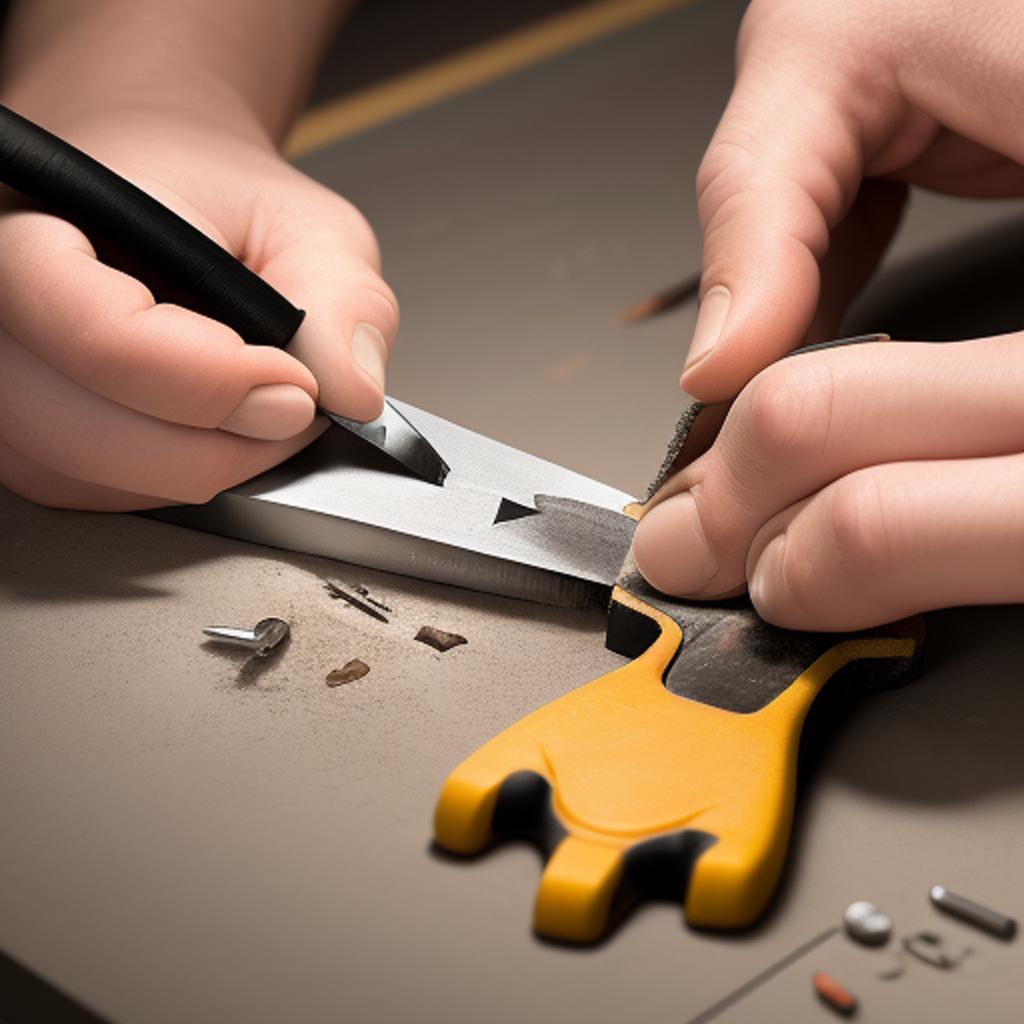
Recently, I read an article by Julianna Summers titled, Old Fashioned Habits We Need to Bring Back. The article is Here.
The article discusses the benefits of reviving old-fashioned habits in order to live a more frugal lifestyle. It highlights several habits from the past that can help people save money and reduce waste, such as mending and repairing items instead of replacing them, preserving seasonal foods, buying supplies in bulk, making goods instead of buying them, and using things up fully. The article also provides examples of how individuals can implement these habits in their daily lives and the potential savings they can expect. Additionally, the article shares a case study of a family who adopted frugal habits and was able to save $250 per month on groceries and household expenses, accumulate $1,200 in an emergency savings fund, and reduce clutter. The article concludes that adopting old-fashioned habits can lead to significant benefits, such as saving money, reducing waste, and living a more purposeful life.
Add Repair to your Green Vocabulary
I want to speak more about repairing. A word that should be added to the green vocabulary next to Reduce Reuse and Recycle.

Repairing broken things instead of replacing them can have several benefits. Here are some of them:
- Save money: Repairing broken things can save you money in the long run. Instead of buying a new item, you can fix the broken one, which can cost less and help you save money.
- Reduce waste: When you repair broken things, you reduce waste by extending the life of the item. This can help the environment by reducing the amount of waste that goes to landfills.
- Preserve memories: Sometimes, broken items can hold sentimental value. Repairing them can help you preserve memories and keep them alive.
- Develop skills: Repairing broken things can help you develop new skills. You can learn how to fix things around the house, which can be handy and save you money in the future.
- Be creative: Repairing broken things can also be a creative outlet. You can use different materials and techniques to fix items, which can be a fun and rewarding experience.
- Save time: Repairing broken things can save you time in the long run. Instead of shopping for a new item, you can fix the broken one, which can take less time and effort.
- Feel accomplished: Repairing broken things can give you a sense of accomplishment. When you fix something that was broken, you can feel proud of yourself and have a sense of satisfaction.
- Keep items in circulation: Repairing broken things can keep items in circulation, which can reduce the demand for new products. This can help the environment by reducing the amount of resources that are used to produce new items.
- Support local businesses: Repairing broken things can support local businesses. You can take your broken items to local repair shops, which can help support the local economy.
- Encourage sustainability: Repairing broken things can encourage sustainability. By fixing items instead of replacing them, you can promote a culture of sustainability and reduce waste.
In summary, repairing broken things instead of replacing them can have several benefits, including saving money, reducing waste, preserving memories, developing skills, being creative, saving time, feeling accomplished, keeping items in circulation, supporting local businesses, and encouraging sustainability.
Seed-2-STEM is working to open a repair cafe. If you would like to help out, fill in the contact form on this page and we will invite you into the plan!
